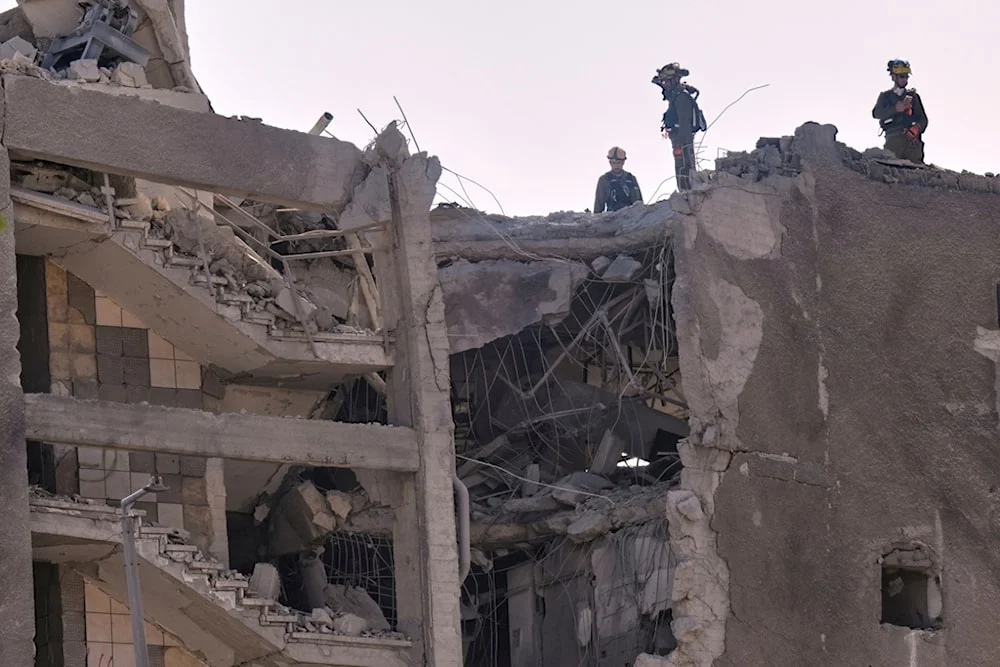
The Israeli occupation military confirmed Monday that the missile that hit the city of Haifa yesterday was not the result of a failed interceptor as initially suspected, but rather an Iranian ballistic missile that went undetected by its air defense systems.
Following an internal investigation conducted by the Israeli Air Force and the Home Front Command, officials admitted to a “technical malfunction” that prevented the detection of the missile before impact.
According to the findings, no air raid sirens were activated, nor were interceptor missiles launched at the incoming projectile, due to the failure in identifying the threat.
The report detailed that the Iranian missile separated from its warhead mid-flight. While part of the missile’s body was detected, prompting some defensive response, the warhead itself went unnoticed and ultimately landed in Haifa, causing significant damage in the lower district of the city.
‘Israel’ running low on interceptors
The Wall Street Journal reported on Friday that “Israel” is rapidly depleting its stock of Arrow 3 interceptors, the cornerstone of its long-range missile defense. As Iranian missile volleys persist, the United States is scrambling to reinforce Israeli defenses, revealing the growing strain on Tel Aviv’s capacity to shield itself without external support.
In response to the dwindling munitions, the US has sent another Navy destroyer to the eastern Mediterranean, adding to a growing fleet now positioned within range to intercept missiles fired from Iran. “Without Arrow 3, it’s problematic,” said Timur Kadyshev, a researcher at the University of Hamburg. “You have less time to shoot down an incoming missile because you’re shooting them only in the terminal phase.”
American warships, equipped with SM-2, SM-3, and SM-6 interceptors, are now operating off the occupied Palestinian coast and in the Red Sea. The SM-3, which was first used in combat last year against Iranian projectiles, is capable of destroying missiles in space during their mid-flight phase.
In parallel, the US has replenished ground-based interceptors for the Terminal High Altitude Area Defense (THAAD) system it deployed in “Israel” last year. The system is operated by US Army personnel and can intercept ballistic threats during their final descent, either inside or just outside the atmosphere.
Using AAs faster than they can be produced
The New York Times reported Thursday that “Israel” was depleting its interceptors faster than it can produce them, prompting growing concern within the Israeli security establishment. According to eight current and former officials, there is rising anxiety over whether “Israel’s” supply of air defense missiles will run out before Iran exhausts its missiles
Already, the Israeli military has begun prioritizing the protection of densely populated areas and critical infrastructure, according to those officials, most of whom spoke on condition of anonymity.
“Interceptors aren’t grains of rice,” said Brig. Gen. Ran Kochav, a former commander of “Israel’s” air defense and a current military reservist. “The number is finite.” Conserving interceptors is a “challenge”, he divulged.
As Iran continues to strike inside occupied territories, “Israel” is rapidly depleting its air defense resources. By Wednesday morning, Iran had launched approximately 400 missiles, of which around 40 penetrated Israeli defenses and struck targets, the NYT claimed.
AL MAYADEEN




















